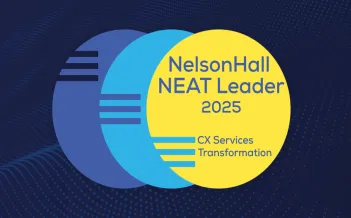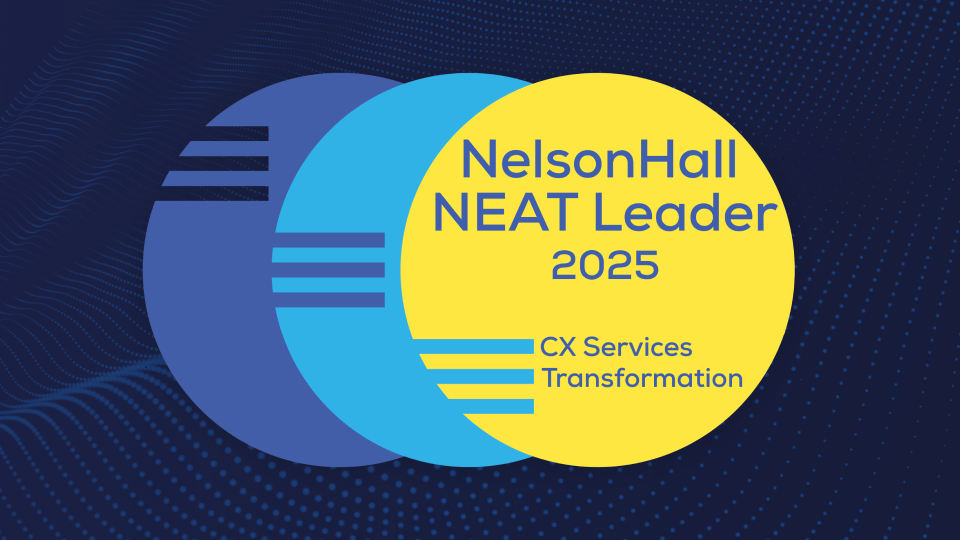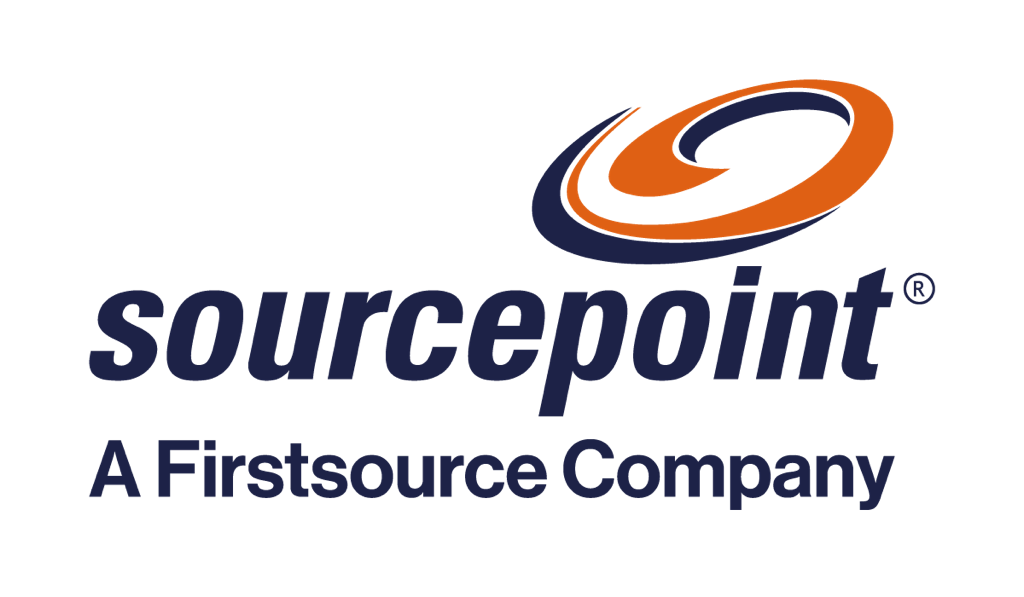Insurers face persistent challenges like claims administration and managing contact center costs. Generative AI offers opportunities to simplify workflows.
Many health plans still struggle with persistent operational challenges, from streamlining claims administration to controlling contact center costs while improving member engagement. Generative AI can make a bottom-line impact on these and other processes. The technology’s capabilities, especially natural language understanding and the ability to create original content, can help payers develop new solutions for perennial problem areas. Here’s a sampling of use cases where applying generative AI can make a tangible difference today.
Faster claims adjudication and accurate reimbursement. While a core administrative platform may improve auto-adjudication rates, a generative AI copilot can help adjudicators quickly handle pended, outlier claims. By digesting data about claims, benefits, medical guidelines, and standard operating procedures (SOP), generative AI can provide adjudicators with relevant SOP data and summaries of services rendered. Generative AI models also can automatically create personalized denial letters, consolidate denial codes, highlight relevant reasons for denial, and contextualize and provide the next steps for denial management. This will allow adjudicators to work more efficiently, have more time to focus on complex claims, and improve response time to providers.
Augmenting contact center operations. Generative AI can power chatbots that understand and respond to provider and member questions, funneling more traffic to lower cost channels. For interactions handled by a human agent, generative AI can summarize call histories and retrieve relevant details in an instant, equipping service representatives to give fast, accurate answers. A generative AI copilot can provide feedback and relevant information in real time to assist representatives.
Generative AI can review 100% of contact center interactions as compared to the 2%-3% typical of quality audits. It can summarize the content of these exchanges, rank most frequently asked questions and related issues. Armed with these insights, payers can address their root causes like rewriting confusing benefits language to help reduce contact center volume.
Improved member engagement and adherence. To enrich care managers’ interactions with members, a generative copilot can draft care plans based on best practices and a specific member’s demographic, social, and clinical data. This doesn’t replace the role of care team managers who should review and finetune the personalized care plan.
Insurers could also tap generative AI to empower brokers and agents with member insights, including analyzing customer data to identify patterns and correlate these with known health risks and potential medical needs. Armed with this knowledge, sales agents can better guide prospects and members to coverage that’s most appropriate for their unique needs.
A generative AI model also could continuously monitor member data and send alerts to care managers and/or sales agents when data indicates changes in health or a life stage. Care managers can adapt plans while service representatives could approach members with suggestions about updating insurance coverage. This proactive approach helps ensure members have the most relevant care and coverage for their evolving needs, which should result in higher member satisfaction and loyalty.
Streamlined critical administrative tasks. Generative AI can help payers reduce the time, effort, and cost associated with a variety of important functions. For example, when conducting Medicare Advantage risk adjustment reviews, generative AI tools trained on the appropriate datasets and coding guidelines can swiftly review thousands of claims to identify medical conditions, procedures and details not captured in claims data that signal the need for an additional or adjusted code. This reduces manual labor, mitigates the potential for human error, and helps payers substantiate their population risk scores for appropriate compensation while reducing regulatory risk.
And instead of having operations team members monitor multiple email inboxes, generative AI can be deployed to read incoming messages, recognize their intent and act on them. Integrating these capabilities with a customer relationship management system can automatically generate CRM tickets. That process could swiftly update provider directory data, a continuing issue for many payers.
Where should you start when launching generative AI?
Here’s a checklist of characteristics that insurers should consider as they map out a generative AI strategy:
- The process involves content that must be acted on. Generative AI has situational awareness and can flag high priority cases with deadlines that must be met to avoid financial and regulatory risks.
- The task includes content that must be transformed. Generative AI-backed automation can efficiently transform contract clauses or business rules to system configurations, such as for benefits or provider contracts, significantly reducing manual work and streamlining the process.
- A standard operating procedure exists that a generative AI copilot can help simplify, then enforce. Current processes may include many workarounds built over the years. Automation powered by generative AI simplifies processes and routes cases to the right business stakeholders for processing approval.
- Configurations, rules, and regulations governing the process often change. AI copilots don’t follow canned scripts. They learn much as we do, using neural networks. As system configurations and SOP change or as new federal regulations emerge, payers can be confident generative -AI copilots will adapt to keep up with changes.
- Humans in the loop need to act quickly. Generative AI can summarize content and/or identify key data elements in real time, so people have the data they need for making fast, well-informed decisions.
Creating real value through generative AI starts when a payer asks, “How could we do this with AI?” Immediate use cases are abundant. As payers gain experience with adding natural language processing, original content generation and co-piloting to processes, they likely will graduate to the even better question: “How could AI help us do this differently and better?” Acting on that question across the payer operations cycle will drive exponential value creation.
This article was written by Deepan Vashi, EVP – Healthcare Payer Practice and Solutions Lead, Solutions Architecture, Firstsource, and was originally published by Oliver Wyman.










